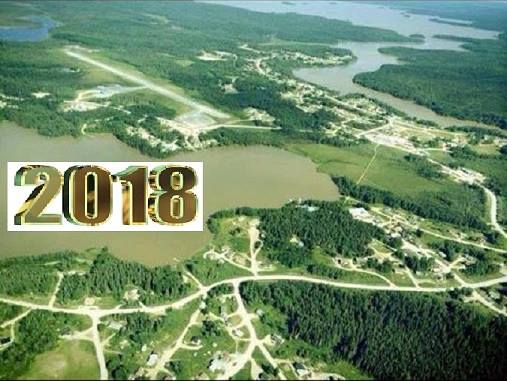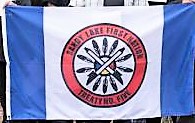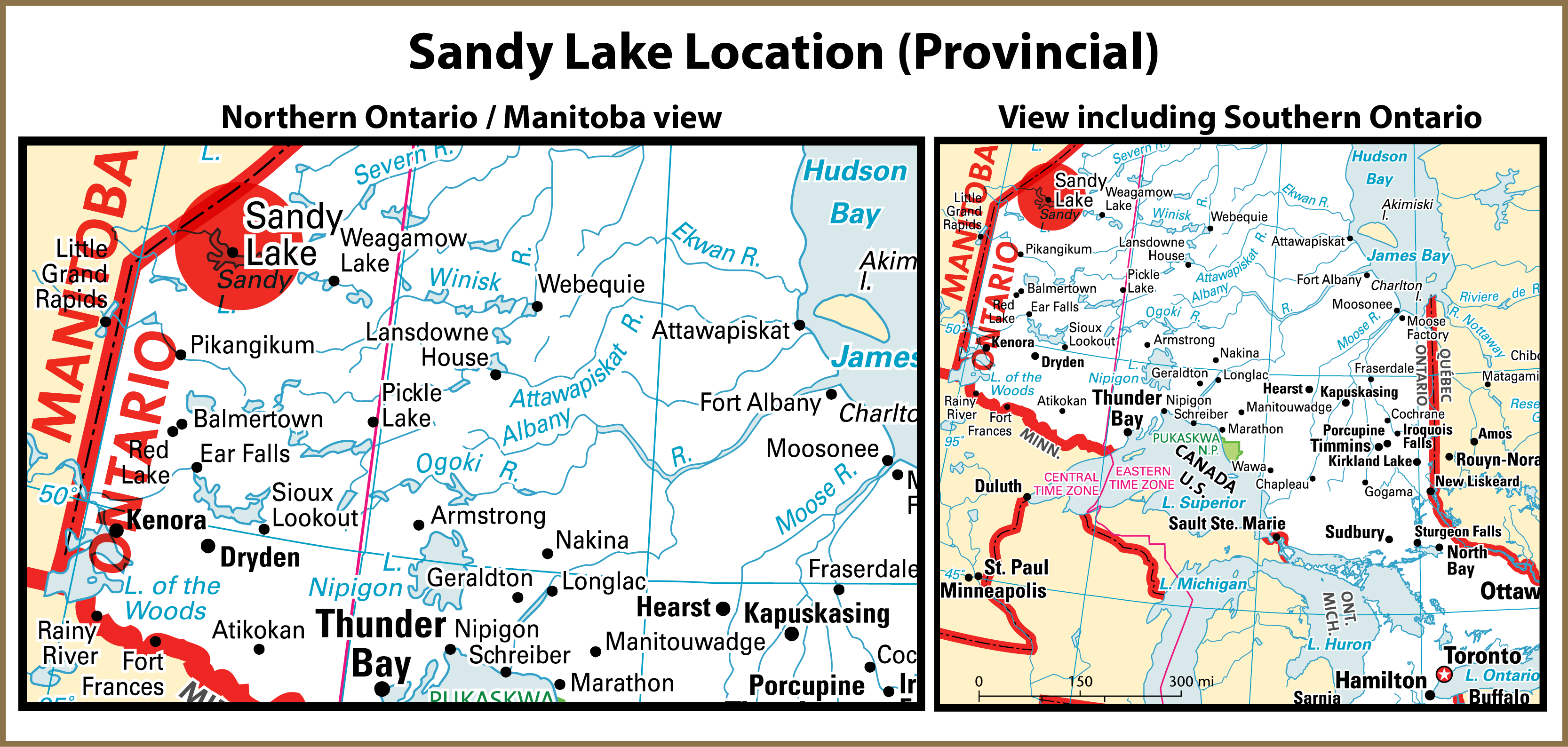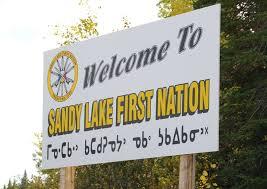Getting to know the community of Sandy Lake First Nation in NW Ontario
Getting to know the community of Sandy Lake First Nation in NW Ontario
***Not to be confused with Sandy Lake First Nation of Saskatchewan***
Link to the “communities” section.
Videos and articles about Sandy Lake
Pictures of Sandy Lake NW Ontario
History of Sandy Lake and Deer Lake First Nations







History
A Brief History of Sandy Lake
The area known as Sandy Lake and the vast expanse of lakes and forests to the east, south, west, and north is the traditional territory of the Anishinabeck, the Oji-Cree. As late as 1897, Big Sandy Lake was considered “as inaccessible as the North Pole”. It was an area distant from the main trade routes. The closest Hudson Bay posts were located at Island Lake to the west and at Big Trout Lake to the east. Yet, as “inaccessible” as this area was, the ancestors of the Sandy Lake people travelled the lakes, rivers, and portage systems along the Severn River from Lake Winnipeg, Berens River, and Island Manitoba to Fort Severn, Ontario.
The earliest person recorded is Porcupine Standing Sideways. This was before 1823. His ancestors or other people of that generation are not recorded in the fur trade journals. The other person recorded was a hunter by the name of Shell (see Killing The Shaman, a book by Thomas Fiddler and Jim Stevens).
The people at the time of Porcupine lived in small family groups and engaged in traditional pursuits of hunting, trapping, fishing, and gathering. Traditionally, theirs was a nomadic lifestyle following the movements of the animals and the seasons. The elders speak of good times and bad times. The environment can be a blessing or a challenge. There were times when the animals and berries were plenty providing sustenance for all. Other times, there was famine sometimes resulting in starvation for some.
The people were a spiritual people with a strong belief in the Creator. They believed that the land was a gift from the Creator given to them for their survival. They were the keepers of the land and they believed they were put on this land for that purpose. The culture and traditions, a way of life, and nature’s laws was based on this sacred relationship with the land. And they governed themselves accordingly on how life should be conducted.
Porcupine Standing Sideways, the leader of the Sucker clan, had three daughters and three sons. The sons were Jack Fiddler, Peter Flett, and Joseph Fiddler. It is at this time the picture of who’s who becomes a little clearer when the ancestors of the other clans emerged through stories of the elders. There were the five clans of the Sandy Lake area, Sucker (Fiddler, Goodman, and Harper), Pelican (Meekis), Crane (Kakegamic and Kakepetum), Sturgeon (Mamakeesic), and Caribou (Linklater and Rae). There are stories of when life was good, hardships, the beautiful and harsh environment, contact with the outside world, and other pieces of history and origins of where we come from. These can be found in the book Killing the Shaman.
Porcupine died when he was 120 years old. In the last decades of the 1800’s, the leading man of the Sucker clan was his son Jack Fiddler, or ‘South Wind’. Jack Fiddler was a great medicine man, conjurer and healer of the people. It is known he visited the May-May-quay-shi-wok in the rock cliffs. He cured the whitefish in South Trout of worms and once he brought back the sturgeon to Cobham Falls. The leading man of the Cranes was Papmekeesikquap at this time. The lives of Porcupine’s three sons ended in tragedy.
When Jack Fiddler died in 1907 his son Robert Fiddler became leader of the Sucker clan.
The following chronicles some of the recent key areas in the history of Sandy Lake:
1909 – Treaty Signing at Island Lake






Interact with us using Facebook